Connecting 1.5 billion people all over the world, Facebook provides an experience for its users to exchange information, keep in touch with everyone and not feel left out in the world of internet, at least.
But for the blind and visually impaired, it can be difficult to gain access to what has become a huge platform for connectivity and that’s exactly where FB’s accessibility team sets in.
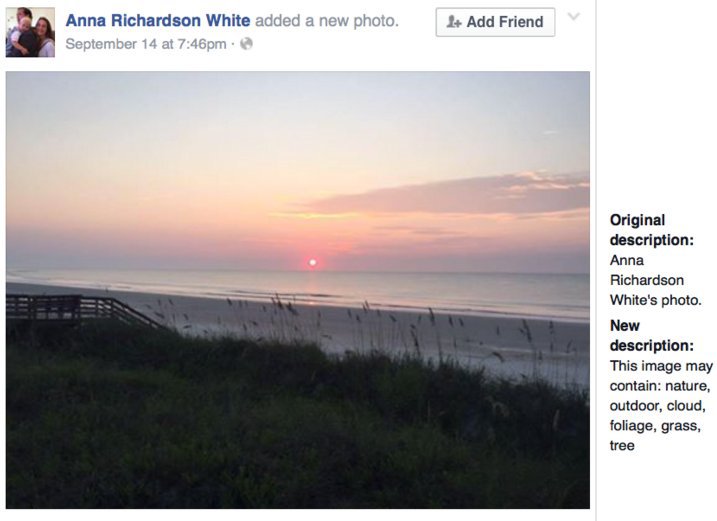
Imagine browsing through FB without having an access to the pictures!
Till now, there was technology in place to help the blind or visually impaired people in identifying what’s displayed on a screen and listening to what people are writing on Facebook but there was no way to figure out what’s going on in the millions of photos shared on Facebook every passing second.
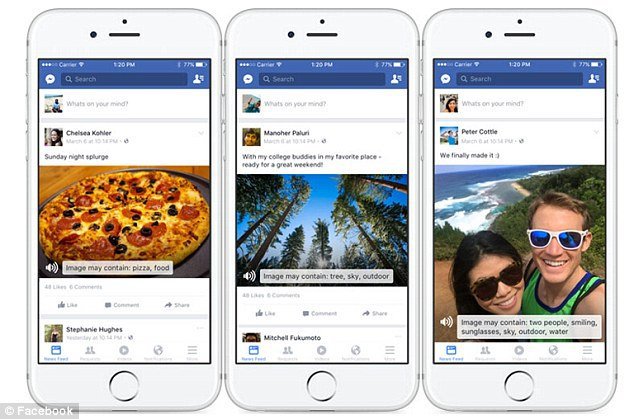
“You just think about how much of your news feed is visual — and is probably most of it — and so often people will make a comment about a photo or they’ll say something about it when they post it, but they won’t really tell you what is in the photo,” Matt King, Facebook’s first blind engineer, told TechCrunch.
“So for somebody like myself, it can be really like, ‘Ok, what’s going on here? What’s the discussion all about?’”
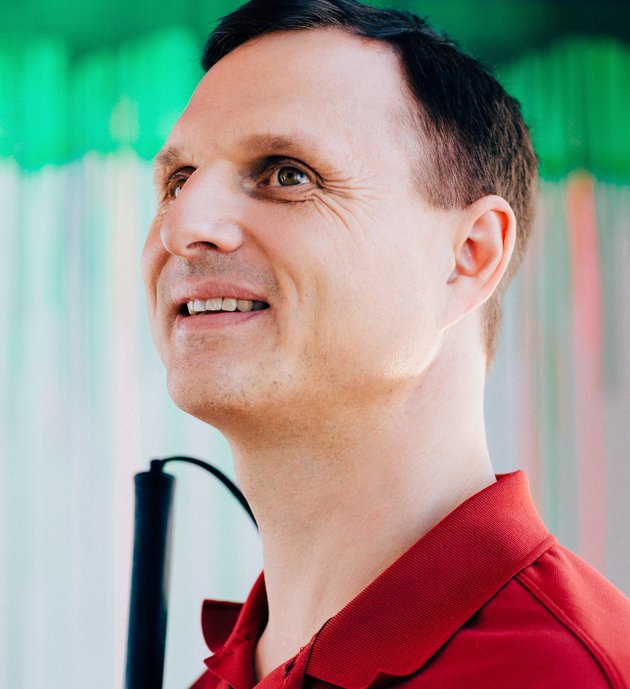
So, FB launched a new feature called “automatic alternative text” (AAT), which will use audio and image recognition to describe images to people who are blind or visually impaired.
This is how it works. “If your friend posts a picture from her hiking trip, for example, the app will now be smart enough to recognize visual cues from the photo and say aloud, ‘Image may contain: two people, smiling, sunglasses, sky, outdoor [sic], water’.”
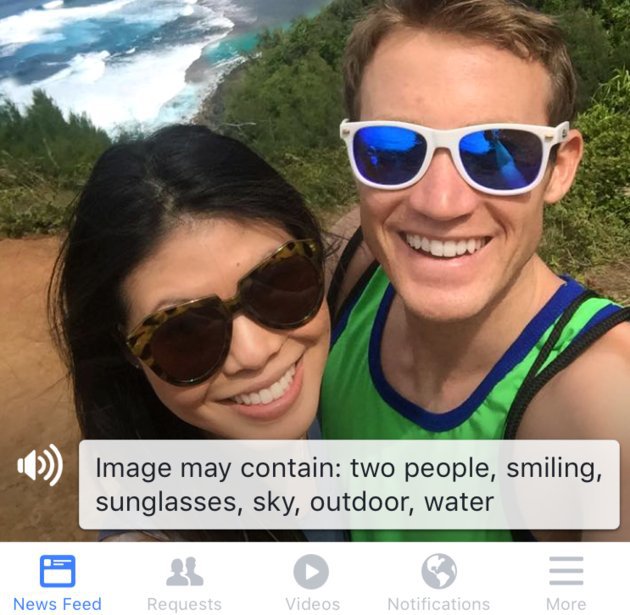
It’s not the most helpful description but it is still a positive leap.
You will need an iPhone or iPad to enable the feature – here’s how to do it – ask Siri to “turn on VoiceOver,” a built-in iOS feature that describes out loud whatever is on your screen.
Or, you can tap into Settings, then select “General” and “Accessibility” to manually flip on VoiceOver.
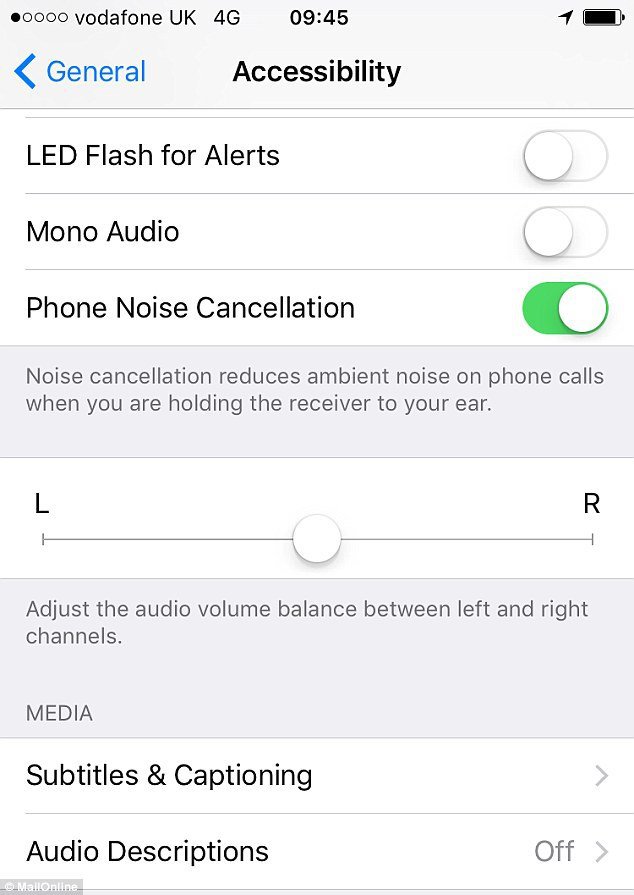
Representatives for Facebook say the feature will come to other platforms in the near future.
“The goal of the company is to connect the world,”Jeff Wieland, the project manager for Facebook’s accessibility initiative, told HuffPost. “If we’re going to achieve that goal, then we’re going to develop strategies that work for accessibility. It’s not going to happen automatically.”
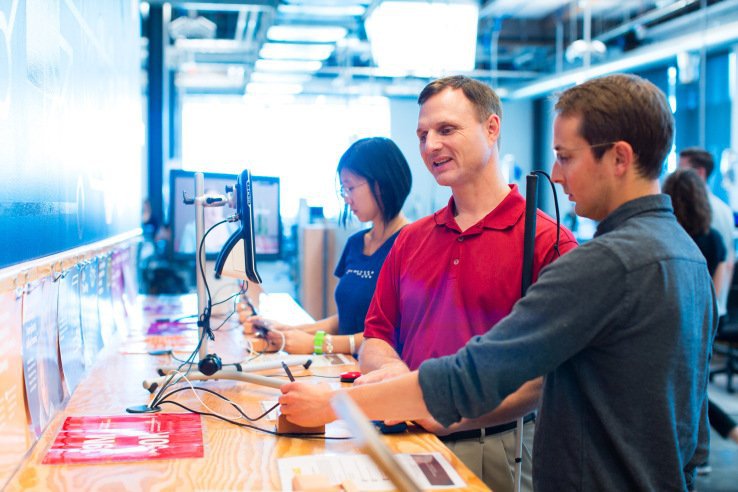
“What you might do in 15 or 20 minutes, just sitting back enjoying a cup of coffee, looking at what pictures your friends posted, an equivalent activity [for me] would’ve been like four hours of strenuous figuring out what to do,” King said. “It’s a feeling like all of technology and society is moving against you. You’re shoved to the margins yet again.”
Facebook is trying to make the AAT better and make the audio part more personal and descriptive.

















